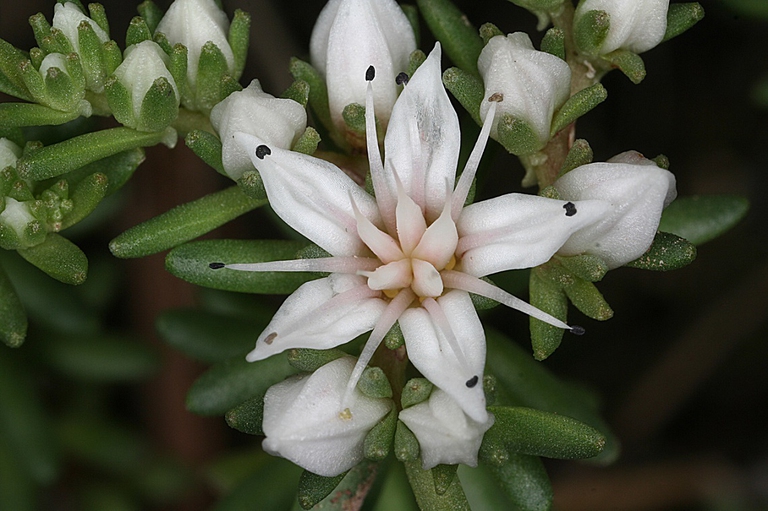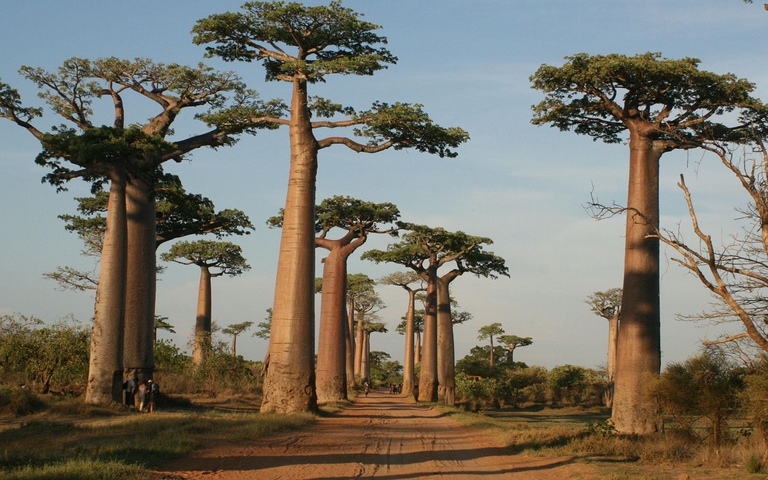
The Amazon became an alternative classroom during the pandemic. Now, the educational forest in Batraja, Bolivia, lives on to teach children and adults the value of nature.
There are about 391,000 plant species known to science. They’re vascular plants, which have a vascular system to conduct water and minerals throughout the plant and include all plants except for algae, moss and hepatics. A recent study has assessed for the first time ever the conservation status of the world’s plants. The report on the state of the world’s plant
There are about 391,000 plant species known to science. They’re vascular plants, which have a vascular system to conduct water and minerals throughout the plant and include all plants except for algae, moss and hepatics. A recent study has assessed for the first time ever the conservation status of the world’s plants.
The report, named State of the World’s Plant and published by UK researchers of the Royal Botanic Gardens Kew, revealed that an estimated 391,000 vascular plant species are known to science, 94 per cent of which (369,000) are flower plants. The paper provides basic information on all vascular plants, including those discovered in recent times, and the threats they’re facing.
Kathy Willis, researcher at the Royal Botanic Gardens Kew, underlined the lack of detailed information on plants. “Plants are absolutely fundamental to humankind. They provide us with everything – food, fuel, medicines, timber and they are incredibly important for our climate regulation. Without plants we would not be here. We are facing some devastating realities if we do not take stock and re-examine our priorities and efforts.”
Researchers analysed different plant databases, including the Plant List, the International Plant Names Index, and the World Checklist of Selected Plant Families. They found out that there are about 391,000 vascular plant species known to science. Databases are kept up to date since about 2,000 new plant species are discovered every year.
However, only 31,000 have a documented use. Plants are empoloyed to produce food, medicines, energy, animal feed, and building materials.
Many plant species seem to be doomed, the study shows. Scientists found that – optimistically – 21 per cent of plant species are threatened with extinction. The main threats are the destruction of habitat for farming, construction and agriculture (including oil palm plantations), while climate change is just a smaller factor.
Researchers warn that many areas rich in plant species aren’t protected legally. Effective conservation projects are needed to protect these ecosystems and their biodiversity.
Siamo anche su WhatsApp. Segui il canale ufficiale LifeGate per restare aggiornata, aggiornato sulle ultime notizie e sulle nostre attività.
![]()
Quest'opera è distribuita con Licenza Creative Commons Attribuzione - Non commerciale - Non opere derivate 4.0 Internazionale.
The Amazon became an alternative classroom during the pandemic. Now, the educational forest in Batraja, Bolivia, lives on to teach children and adults the value of nature.
Our species took its first steps in a world covered in trees. Today, forests offer us sustenance, shelter, and clean the air that we breathe.
Bangladesh suffered widespread damage as a result of Cyclone Amphan. Yet the Sundarbans mangrove forest acted as a natural barrier protecting the country from further destruction, as it has done countless times before.
On top of a 2.4 million dollar compensation, the indigenous Ashaninka people will receive an official apology from the companies who deforested their lands in the 1980s.
The tapir was reintroduced into Brazil’s Atlantic Forest, the country’s most at-risk ecosystem. The species can play a key role in the forest’s recovery.
Forests are home to 80 per cent of the world’s terrestrial biodiversity. This year’s International Day of Forests highlights the urgent changes needed to save them.
After a legal battle that lasted two years, Indonesia’s Supreme Court has revoked the permit to mine for coal in the forests of South Kalimantan in Borneo.
The list of human and animal victims of the Australia wildfires keeps growing – one species might already have gone extinct – as the smoke even reaches South America.
Areas where the FARC guerrilla used to hold power in Colombia have faced record deforestation. Farmers cut down trees, burn land and plant grass for cows. Because, “what else can we do for a living here in the Colombian Amazon”? An intimate report from the heart of the felled forest in Caquetá.









